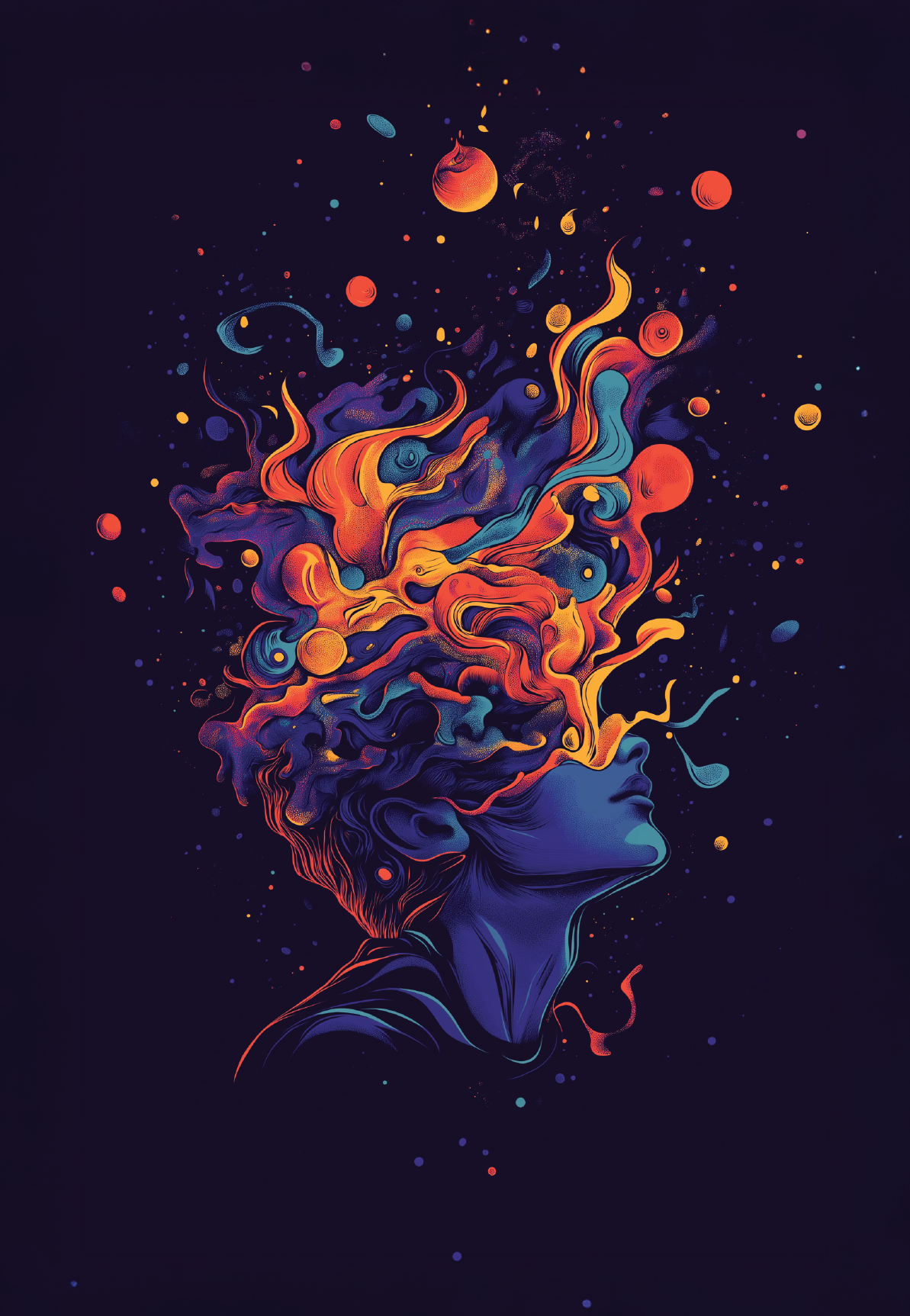

Jul 01, 2025
2025 has seen the rise of the sensory, the grounded, and the emotionally real. From the rise of multisensory art installations to the popularity of therapeutic scent and sound experiences, people are seeking out ways to feel more in their bodies and in the moment. This trend is also an emotional one: in a culture that often encourages numbness and detachment, sensory connection is becoming a way to access and process emotion. The aesthetic of the year is raw, not polished. People want the unfiltered, the physical, the imperfect, partially because it feels more human than anything digital can offer.
Where It’s Going: Scents & Sensibilities is everywhere right now. From brand activations to public health campaigns, sensory experiences are being embraced at scale. What started as an emotionally grounded experience trend is now showing up in smarter, more inclusive ways as well. It’s being used to rethink access, care, and engagement.

In Brazil, beauty brand Natura has reimagined its product catalog as a public health tool. Partnering with NoAr Health and creative agency Africa Creative, Natura embedded a scratch-and-sniff smell test alongside a 20-question neurological screening to help identify early signs of conditions like Parkinson’s and Alzheimer’s. The scents, ranging from bacon to mothballs, are chosen to reveal subtle changes in smell perception, an early indicator of neurodegenerative disease, especially in women. The catalog reaches over 4 million direct sellers and circulates hand-to-hand among millions more.
So What: We envisioned this trend tapping primarily into emotions, and while it has done so, Natura’s catalogue is a great example of the practical applications of this trend. It’s an ambient, emotionally intelligent touchpoint that acts as an entry point for care. They’re leveraging Scents and Sensibilities to embed wellbeing into their customer journey.
This furniture manufacturer launched an emotional kiosk where visitors could buy pre-packaged emotions, which came with receipts on how to communicate that feeling.
Scientists have developed a lollipop-like device that can simulate different flavours, to show how taste could be integrated into virtual and augmented reality experiences.
This multisensory campaign by paint brand Coral makes 70 shades from their portfolio accessible to people with visual impairments, through poetic descriptions grounded in science and tactile fans. Audio versions were also available.